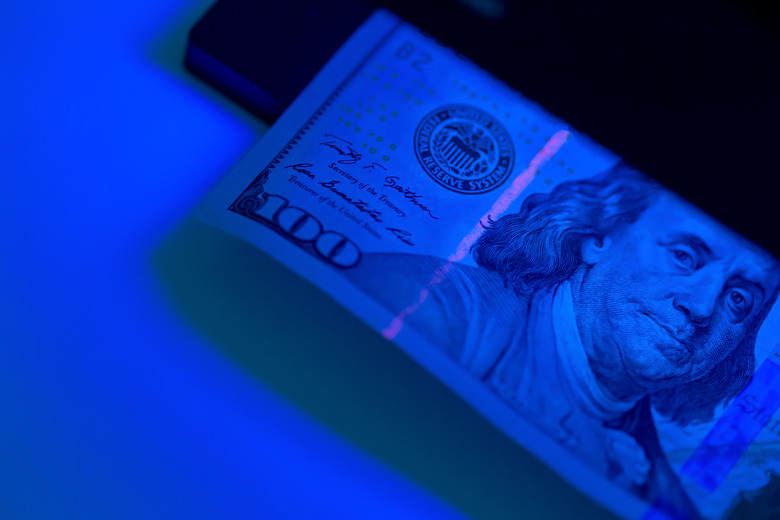How To Make A Homemade Black Light
A black light has a multitude of uses: You can use it to read hidden messages, identify counterfeit cash, authenticate antiques, find traces of blood and other stains, and examine dark places in buildings. It can also be used purely for entertainment, by making natural phosphors in the human body glow, or to enjoy glow-in-the-dark products like posters, ink and even hair gel. You can buy black-light products, such as flashlights and bulbs, from many retailers, but you can also make your own DIY black light at home.
How Do Black Lights Work?
How Do Black Lights Work?
If an object contains chemicals called phosphors, which absorb energy and re-emit it as visible light, a black light will make it appear to glow. Black light emits mosts of its light waves just beyond the range humans can perceive, in what is known as the ultraviolet (UV) part of the spectrum. A black light converts UV light into visible white light as a form of radiation. When a UV light wave from a black light hits an object containing phosphors, those phosphors will glow.
Teeth and fingernails contain phosphors naturally, and many laundry detergents contain phosphor-based optical brighteners to keep white clothes bright. Scorpions glow under black light due to something in the outer layer (called the hyaline layer) of their exoskeleton – scientists are still trying to figure out exactly what causes this.
Use a Black Light Bulb
Use a Black Light Bulb
The easiest way to make a homemade black light is simply to buy a black light bulb online or from your local hardware store. This bulb looks just like a standard bulb and fits standard incandescent and fluorescent light fittings. Insert the bulb into your light fitting, switch it on and you have an instant black-light effect.
Get Black Light on a Phone
Get Black Light on a Phone
You can turn your phone into a black light with only a few basic supplies in this procedure from Tech Advisor. You'll need a smartphone with a flashlight function, clear tape and blue and purple markers. Stick a small piece of clear tape over the flashlight LED on the back of the phone, and then carefully color the area immediately above the LED with a blue marker. Stick another small piece of clear tape over the first one, making sure you don't smudge the blue ink. Repeat this process with the purple marker, then once again with the blue marker and one final time with the purple marker.
Use yellow, pink and orange highlighter pens to make a pattern or write a message on plain white card. Position the phone directly above the card, turn on the flashlight, and watch the magic happen.
You can also get a black light app for both Android and iOS phones. These apps simulate real black light and let you choose the tone of color you want.
Black-Light Filter for Flashlight
Black-Light Filter for Flashlight
Use a similar technique to make a black-light filter for a flashlight. Cut a piece of cling wrap the right size to fit over the lens with some wrap remaining to go down the side of the flashlight. Secure it in place with a rubber band. Use a blue marker pen to color the wrap over the lens, and then repeat to create another blue layer. The third and last layer is attached in the same way, but this time you color it with a purple marker pen.
An alternative to cling wrap and colored markers is to use blue and purple cellophane gift wrap, in pieces just big enough to cover your lens. (Translucent blue and purple candy wrappers work pretty well.)
Just like black light bulbs, you can also buy a ready-made black-light flashlight for around $10.
Cite This Article
MLA
Gillespie, Claire. "How To Make A Homemade Black Light" sciencing.com, https://www.sciencing.com/make-homemade-black-light-7720625/. 12 November 2018.
APA
Gillespie, Claire. (2018, November 12). How To Make A Homemade Black Light. sciencing.com. Retrieved from https://www.sciencing.com/make-homemade-black-light-7720625/
Chicago
Gillespie, Claire. How To Make A Homemade Black Light last modified March 24, 2022. https://www.sciencing.com/make-homemade-black-light-7720625/
